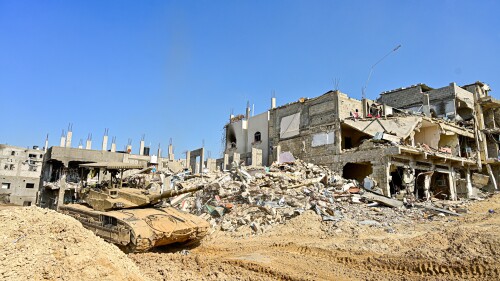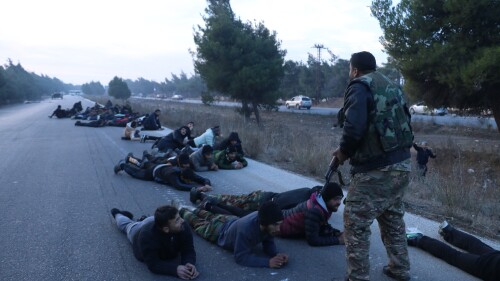The new violence, though indiscriminate and murderous, is concentrated in specific parts of Jerusalem. |
The current atmosphere in Jerusalem is reminiscent of the Second Intifada’s opening days, in the autumn of 2000. Tension and fear. A sense of foreboding.
“I can feel it in my bones, what’s coming,” says Daniella, a native Jerusalemite who owns a restaurant in central west Jerusalem, and whose sister was killed in a suicide bombing in 2002.
What’s coming, she and many others think, is more violence.
There are fewer pedestrians on the streets. People have become cautious and alert in public places. Most of all, a familiar, stoic melancholy has returned.
The wave of shootings, automobile attacks and stabbings that hit the city this month has had a profound affect. The faces of the innocents murdered are all over the news. Talk of a Third Intifada is everywhere.
Yet atmospherics notwithstanding, in a number of substantive ways the current reality differs sharply from the time of the two intifadas (1987-92 and 2000-04).
While Abbas spouts incendiary rhetoric, his security forces are continuing to cooperate with the Israelis in ensuring relative quiet on the West Bank. |
The new violence, though indiscriminate, brutal and murderous, is more narrowly focused. It is limited, for now, to specific areas of the country and to specific parts of Jerusalem.
But the West Bank, the cauldron of so much violence and hatred during the last two intifadas, has so far stayed largely quiet.
Why? Because the Palestinian Authority leadership in the West Bank appears to be playing a double game.
On the one hand, PA Chairman Mahmoud Abbas is engaging in incitement, spreading fear and anger about supposed Israeli plans to upset the delicate rules for Jewish worship on the Temple Mount/Al-Aqsa Mosque area. Abbas has spoken of Jews “desecrating” and “contaminating” the site — the holiest place in Judaism.
According to the status quo arrangement, Jews may visit at certain times but cannot pray at the Temple Mount.
Whether such an arrangement is fair or just is a different question. But there are no plans to change it. Prime Minister Benjamin Netanyahu has reaffirmed Israel’s commitment to it.
Meantime, while Abbas spouts incendiary rhetoric, his security forces are continuing to cooperate with the Israelis in ensuring relative quiet on the West Bank. This reflects the general lack of Palestinian enthusiasm to provoke another mass confrontation with Israel.
This is a dangerous double game. While the attacks on Israeli civilians have been presented in some news reports as spontaneous acts of rage, an examination of the biographies of the perpetrators so far suggests something quite different.
All of them are or were committed members of Hamas or Islamic Jihad, both groups that have been fanning the flames of anger over the trumped up threat to the Al-Aqsa Mosque on the Temple Mount.
It’s unlikely that the terrorists who carried out the attacks received specific and personalized orders. But clearly a general green light has been issued. The Palestinian Islamists want to leverage Muslim concerns regarding Al-Aqsa into a violent uprising with themselves at its head.
Why now?
Things have not been going so well for the Islamists in recent months — what with the inconclusive campaign in Gaza, a chronic shortage of money due to the Egyptian government’s closing of the tunnels into Gaza and general Arab concern for more pressing regional matters.
Maybe Hamas and Islamic Jihad hope to launch themselves back to regional and global attention by trumping up an Israeli threat to a Muslim holy site.
The memories of the recent past have produced a mood of gloom in Jerusalem. This, amid the stories of the latest lives to be snuffed out, is entirely understandable. But as of now, the spark set by Hamas and the Jihad has yet to fully catch. Let us hope it never does.
Spyer is a senior research fellow at the Global Research in International Affairs Center, Herzliya, Israel, and a fellow at the Middle East Forum.








